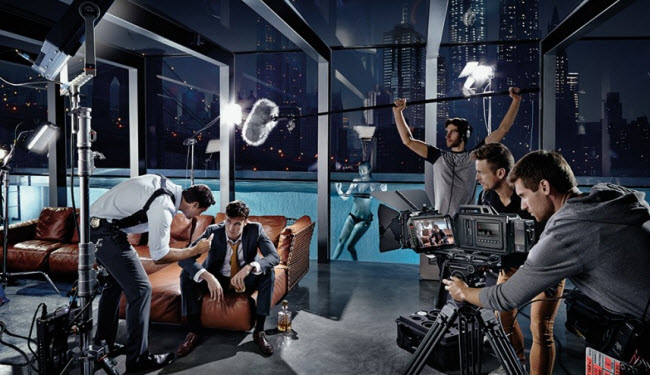We may watch a film that lasts only two hours, but in reality, the process of making that film could take months, or even years, as it goes through various complex and distinct stages. It all starts with an initial idea or story that forms in the mind of a writer, followed by scriptwriting, filming, and sound recording. All of this happens under the guidance of a professional director, who is responsible for the film’s overall execution. Once filming is complete, the film enters a post-production phase where technical work such as editing and sound mixing is carried out to create the final version that we watch in cinemas, on TV, or online. The professionals involved in this process are often recognized for their efforts at award ceremonies like the Oscars or the Emmys, where their contributions to the art of filmmaking are celebrated.
The Stages of Film Production
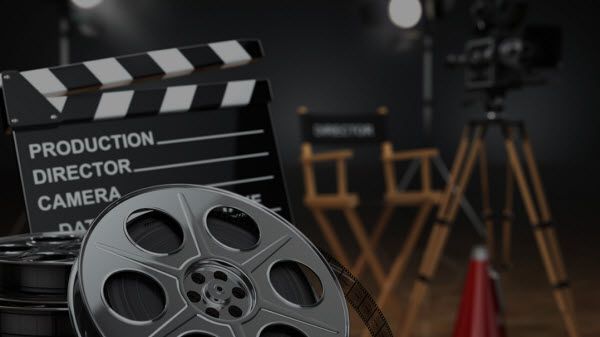
The process of filmmaking involves five main stages:
- Development: This stage includes the creation of ideas, purchasing intellectual property rights if applicable, writing the script, and securing financing for the project.
- Pre-production: In this stage, all necessary arrangements are made for the film’s production, including hiring the crew, selecting filming locations, and designing sets.
- Production: The actual filming of the movie takes place during this stage, along with the recording of all necessary visual and audio elements.
- Post-production: This involves editing the film’s images, sound, and visual effects, resulting in the final version of the film.
- Distribution: The finished film is marketed and distributed to cinemas or released on home video platforms.
Development Stage
The development stage involves brainstorming ideas and often purchasing the rights to popular novels, plays, or even real-life stories. Scriptwriting begins in this phase, which may take months as writers refine the dramatic elements, enhance character development, and fine-tune the dialogue. Some films may take years to move from idea to screen. For example, The Unforgiven, which won an Oscar for director Clint Eastwood, took 15 years to complete from the time the script was written. Another film, The Italian Job, took nearly eight years to reach the screen.
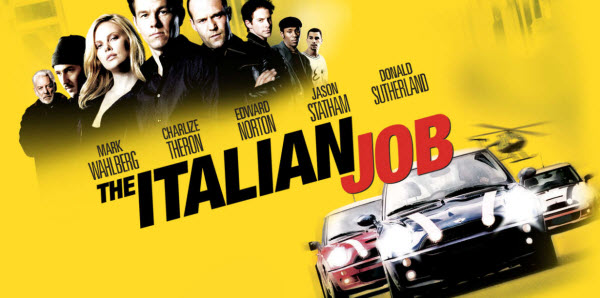
Pre-production Stage
During pre-production, every step of the filmmaking process is meticulously planned. The director visualizes the film, often working with artists to create storyboards. Sets are built, costumes are designed, and shooting schedules are finalized. The size and type of crew depend on the film’s budget. Hollywood blockbusters may involve hundreds of people, while independent films might have a much smaller team.

Key crew members during this stage include:
- Storyboard artist: Creates visual images to help the director and production designer convey their ideas.
- Director: Responsible for the film’s overall creative direction.
- Assistant director: Manages the shooting schedule and logistics.
- Producer: Hires the film crew.
- Production manager: Oversees the budget and production schedule.
- Location manager: Scouts and manages film locations outside of the studio.
- Costume designer: Designs costumes for the characters.
- Hair and makeup artist: Works closely with the costume designer to create the characters’ looks.
- Choreographer: Designs and coordinates movement and dance scenes, especially in musicals.
- Cinematographer: Oversees the filming process and camera work.
- Sound designer: Manages the sound department and records dialogue, sound effects, and music.
Production Stage
This is where the film is actually shot. During this phase, it is crucial to stick to the budget and shooting schedule, which requires constant attention. Larger film sets will have many crew members, from assistant directors to photographers and sound editors. Once a scene is shot, the director reviews it, and additional takes may be filmed until the desired outcome is achieved.
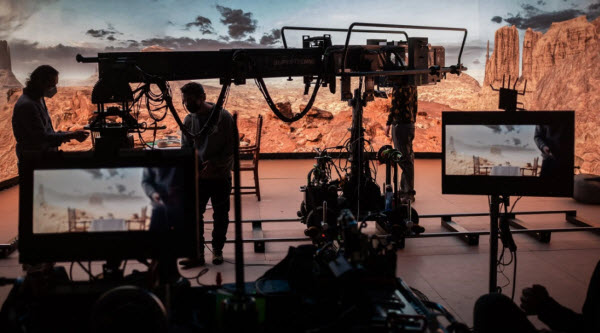
Shooting can be a long and grueling process, with workdays often lasting up to 18 hours in remote locations. To maintain morale, the production team usually organizes wrap parties once filming concludes.
In animated films, the process differs, as voice actors can record their scenes separately. In contrast to live-action films, where the crew must be present on set, animated films rely more on post-production.
Post-production Stage
Post-production begins once filming is completed. During this stage, the editor works closely with the director to assemble the footage. The sound is edited, music is composed, visual effects are added, and everything is synced to create the final cut of the film.
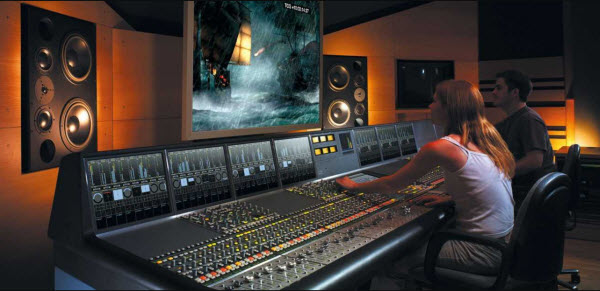
Distribution Stage
Distribution is the final step in filmmaking, where the movie is released in cinemas or through other outlets such as streaming platforms or DVDs. For major films, the stars often embark on promotional tours, attending premieres and giving interviews. Profits are shared between the film’s distributor and production company, and in some cases, films continue to generate income through television sales and international markets.
